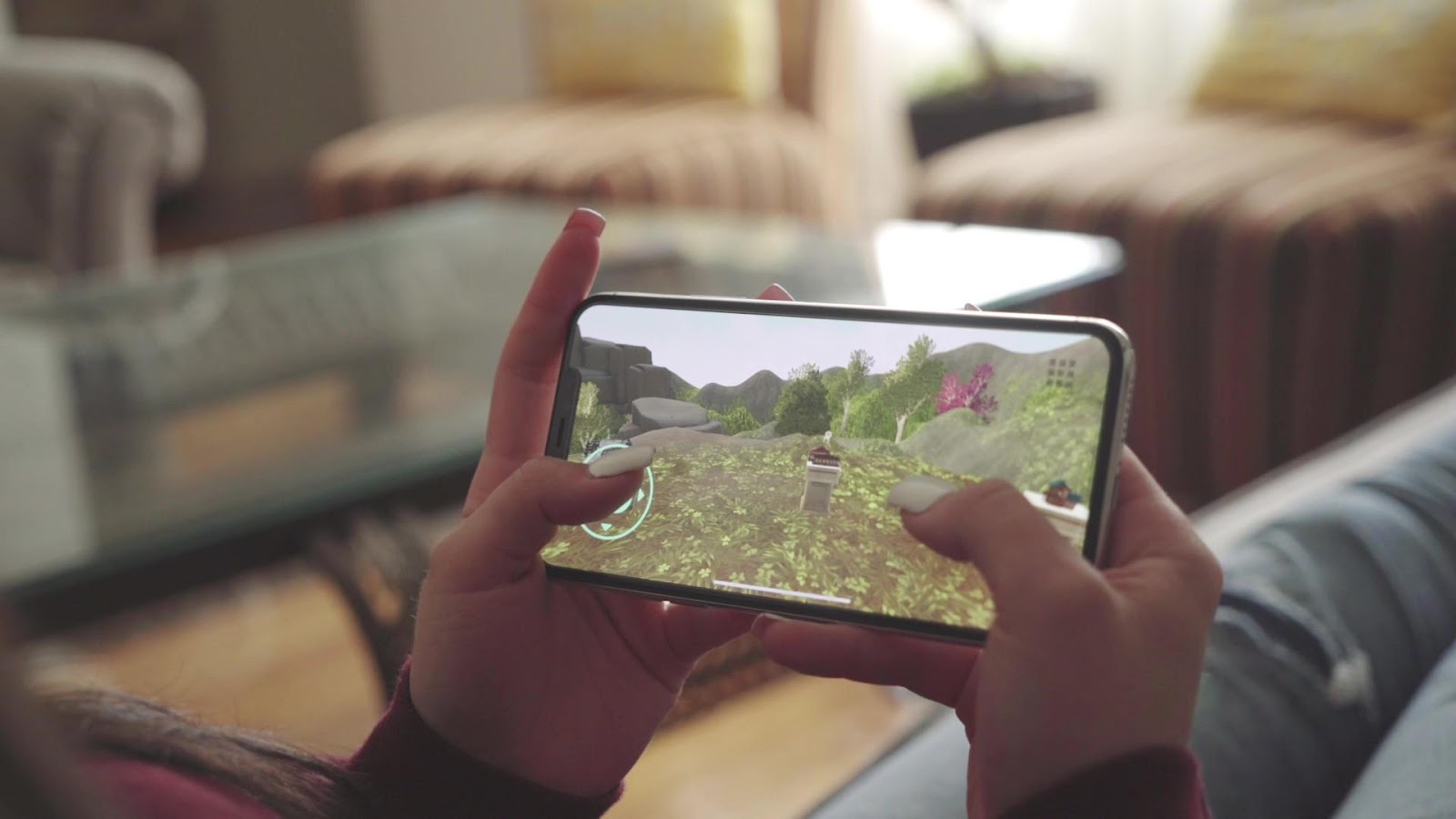Here at memoryOS, we have a saying we repeat often: “Most of the Kickstarter happens before the actual Kickstarter.”
Preparation is the key. But even if you understand that most of the work is done in advance, you should still prepare yourself for some sleepless nights after the launch date. The usual startup mantra will apply to your crowdfunding campaign just as well: Measure, analyze and adjust along the way.
As you may know, crowdfunding fits some B2C products better than it does others. So to give you our product context here, memoryOS is a gamified app that teaches memorization skills with the help of virtual mind palaces and interactive microlessons taught by our co-founder, two-time World Memory Champion, Jonas von Essen.

Image Credits: memoryOS (opens in a new window)
Before becoming the most funded app on Kickstarter and getting it 6,400% funded (and carrying it further to the Indiegogo platform right after), we spent countless hours researching down the rabbit hole of crowdfunding tips and tricks. We also had calls with several top-tier crowdfunding project creators who were kind enough to answer our questions and share bits of knowledge from their experience.
We’re sharing our approach (and secrets) to building a successful crowdfunding campaign because we know just how tough it can be to launch your own product. So here is a complete 10-step guide:
Find a unique idea
You should have a unique idea for a product that would solve at least one problem for your target audience. The proven approach is to set two major hypotheses right at the start and then work on getting them tested:
- Does your product work and solve the problem as intended, and is it better than what’s out there? This is usually referred to as the “proof of concept” stage.
- Are there enough people who are willing to pay for your product for you to build a sustainable business?
You will need to build a base prototype to test the first hypothesis and, if it works, you can then work on turning it into an MVP or a short demo version for your future commercial product. You can then get people to test it for free and prepay for the full version.
Getting people to actually back their interest with their wallet means you already have customers, not merely enthusiasts, and it significantly increases the chances of a successful project.
Yes, it’s important that you get people to pay a minimum reservation deposit at this point and receive their commitment to pay the remaining amount for the full product later on. Getting people to actually back their interest with their wallet means you already have customers, not merely enthusiasts, and it significantly increases the chances of a successful project.
Get user feedback
As soon as you have something to test, conduct short surveys to better understand your customers by gathering and analyzing the reasons why and for what purpose(s) they would want your product.
Here at memoryOS, we called the first couple thousand of our leads and had many insightful conversations to help us connect to our audience on a more personal and emotional level.
Once you have a demo or prototype for the users to test, make sure to add a feedback form right at the end of their experience (or gather feedback using Google Forms for surveys, or via email inquiries).
No comments:
Post a Comment